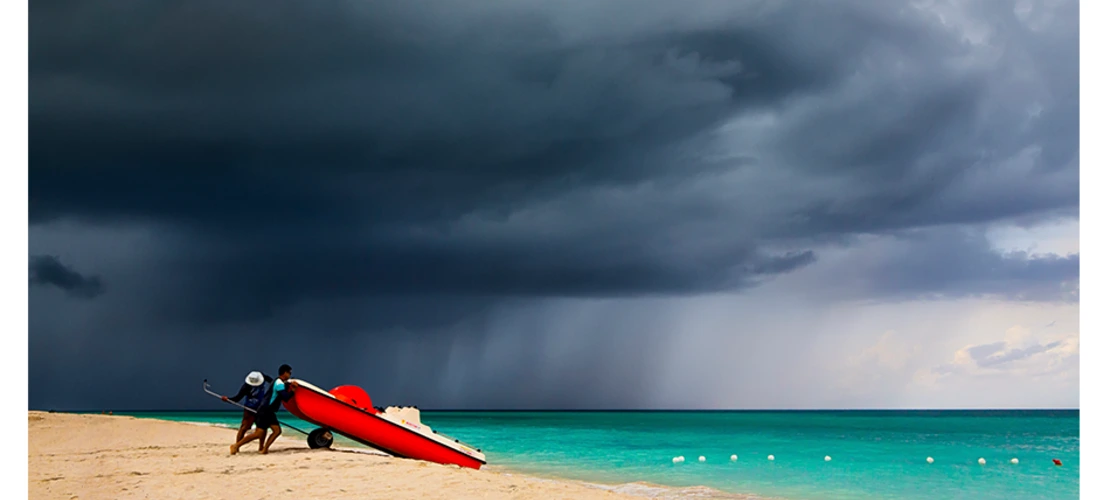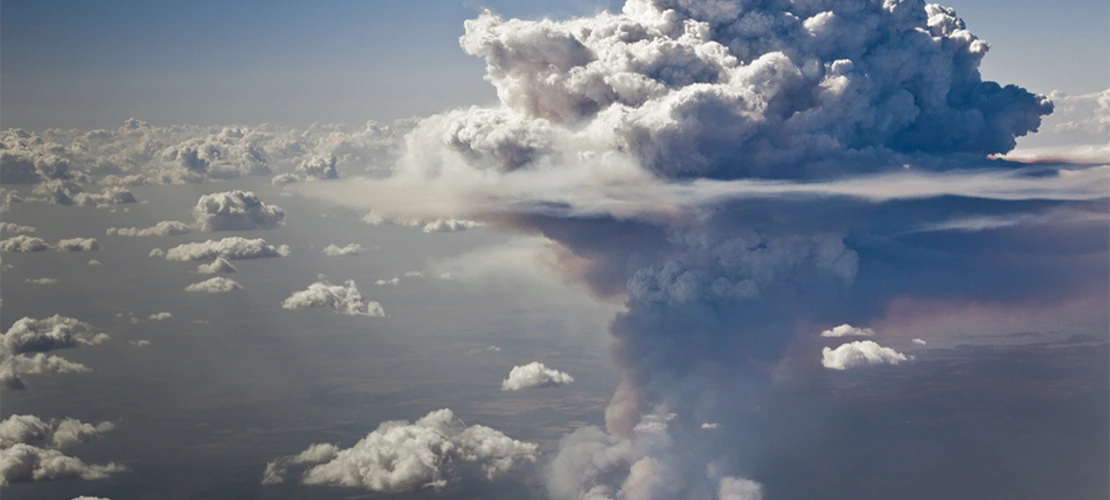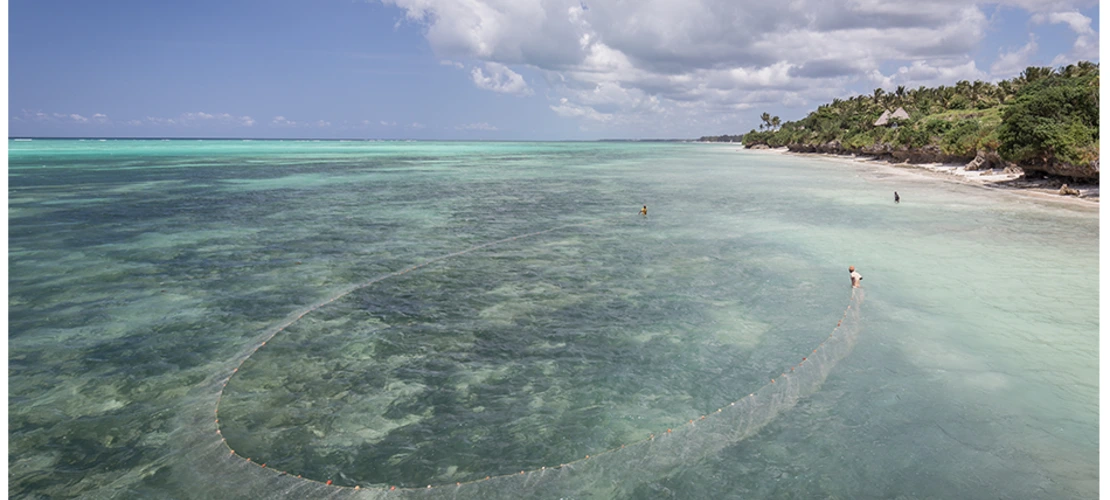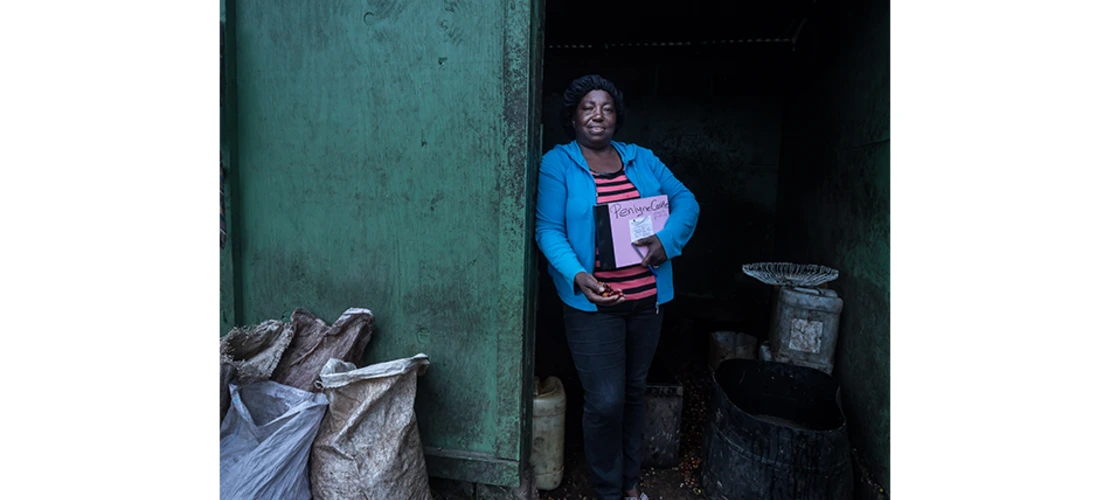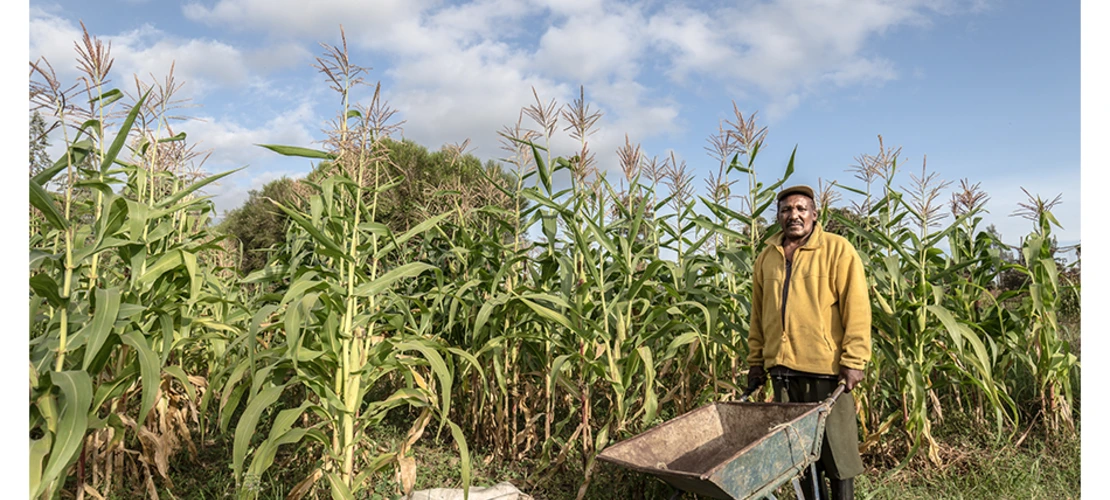The University of Arizona in Tucson, Arizona, takes a transdisciplinary approach to environmental research through university-wide and college-level research institutes and centers that tackle the world’s grand challenges, seamlessly incorporating the expertise and needs from Arizona communities, industry, and government stakeholders.
The Arizona Institute for Resilience (AIR) a unit of the university’s Office of Research, Innovation & Impact, coordinates interdisciplinary groups of faculty, students and projects across the UArizona campus, from climate science to public policy, law, the arts, water resources and beyond. With special focus on connecting science to people, AIR explores and develops solutions, with campus and community partners, that tangibly improve community resilience in the face of environmental challenges.
Environment at the University of Arizona
The University of Arizona has world-class expertise in climate science, water resources, biodiversity and conservation sciences, and resilience solutions, along with many other themes and topics that you can explore on our Research Themes pages.
From studying a range of biomes in our world-famous Biosphere 2 to building regional climate models to engaging with communities to develop lasting solutions, our researchers are conducting truly groundbreaking science and creating knowledge that has real societal impacts.
Want to be a part of building the Roadmap to Resilience?
Join the University of Arizona/Arizona Institutes for Resilience at the conference on January 5 and 7 from 1 to 2:30 PM EST to help us create a Roadmap to Resilience! We are looking for potential partners in solutions-focused universities and private and public-sector organizations to help us build pathways to a resilient future.
International Resilience Research
Arizona Institutes for Resilience (AIR) International stewards the UArizona expertise in areas of complex socio-environmental systems to help solve pressing global development challenges. The challenges include designing effective programs that foster equitable change; defining and measuring resilient outcomes; understanding the multi-scalar and temporal dynamics of socio-environmental impacts; and redressing the inequalities defined by gender, ethnicity, caste, and other forms of social exclusion. These challenges emerge in the pursuit of sustainable development goals like those focused on food and livelihood security, climate resilience, and disaster management.
Scroll through our image gallery to learn more about international resilience research at the University of Arizona.
Photographs by Zack Guido
Earth, Climate, Environment, Water, and Energy
UArizona is ranked as the leading university in the U.S. in water resources and among the top 30 public institutions for natural resources and conservation, geosciences, atmospheric sciences, and ocean sciences. Our research spans physical and social sciences to better understand environmental challenges and develop solutions that tangibly improve people’s resilience to environmental shocks, including those due to climate change.
Co-Design the Roadmap to Resilience
Join the University of Arizona/Arizona Institutes for Resilience at the conference on January 5 and 7 from 1 to 2:30 PM EST to help us create a Roadmap to Resilience! We are looking for potential partners in solutions-focused universities and private and public-sector organizations to help us build pathways to a resilient future. You’ll be a part of brainstorming the creation of new initiatives between science and society that build transformational solutions.
Our ideas include:
- Marrying policy and fundamental science, building engineering capacity and industry partnerships
- Building integrated solutions that start with strategic framing of the problem, building teams to respond, understanding research to operations processes, and generating “real-world” solutions to the climate crisis
- Understanding the interactions of human and natural systems to build sustainable and healthy societies and ecosystems
- Exploring digital services – taking benchtop innovations to digital/global scale applications
- Focusing on solving the grand challenge of connecting climate adaptation and mitigation (managing emissions)
January 5, 1-2:30 PM EST

Senior Vice President for Research and Innovation
Office of Research, Innovation & Impact at the University of Arizona
January 5, 1-2:30 PM EST

Deputy Assistant Administrator and USAID Resilience Coordinator
USAID Bureau for Resilience and Food Security
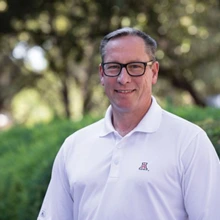
Vice President, Research Development
Office of Research, Innovation & Impact at the University of Arizona
Help us define the path to a resilient future. Join us on January 5 and 7 from 1 to 2:30 PM EST at the University of Arizona Virtual Booth! Find us on the virtual conference platform in the Exhibit Hall tab; click "Join Zoom" to engage!
*You must be registered for NCSE Drawdown 2021 and be able to enter the conference platform.
Fire on the Mountain: Understanding Tucson's Bighorn Fire
During the summer of 2020, Tucsonans watched as a major fire swept across the Santa Catalina Mountains, a rolling inferno that seemed to engulf most of the range. On the evening of June 5, a dry lightning storm sparked the fire that proceeded to roar from Pusch Ridge in the west to Redington Pass in the east, forcing the evacuation of thousands of people who live on the top and along the mountain foothills.
The Arizona Institutes for Resilience and its unit the Desert Laboratory on Tumamoc Hill, along with Arizona Public Media, partnered up and produced the three-part public engagement webinar series Fire on the Mountain, bringing together experts and fire managers to discuss the Bighorn Fire.
Meet the UArizona Presenters at the NCSE Conference 2021
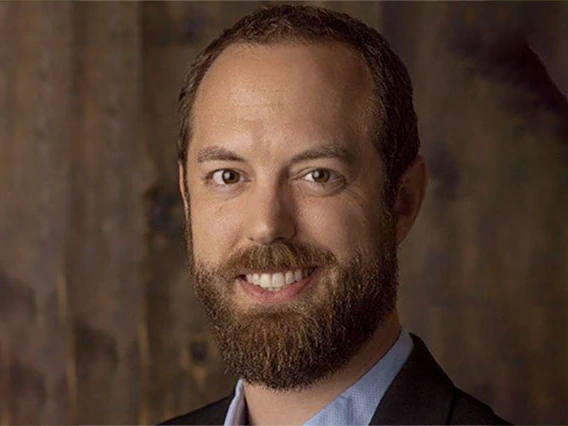
Ladd Keith, Ph.D.
Ladd Keith is an Assistant Professor of Planning and Sustainable Built Environments at the University of Arizona College of Architecture, Planning and Landscape Architecture.
He is the Session Organizer for “Advancing Urban Heat Resilience” on Thursday, Jan. 7, 12-12:30 EST
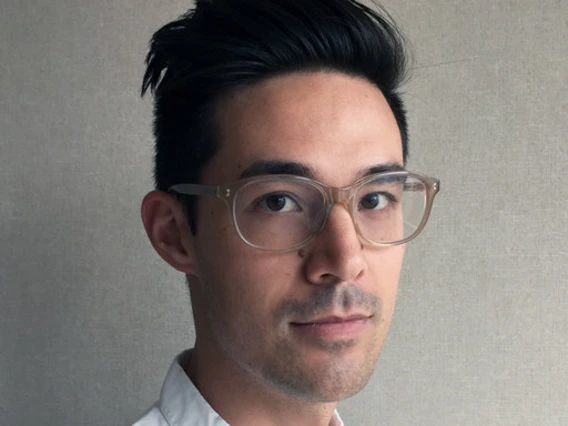
Jonathan Crisman, Ph.D.
Jonathan Crisman is an Assistant Professor at the University of Arizona in the College of Humanities Department of Public and Applied Humanities.
He will be giving a Flash Talk on “Visioning a Cooler City: Participatory Planning for Extreme Heat Resilience” on Wednesday, Jan. 6, during the 1-2:30 EST block.

Ida Sami, Ph.D. Candidate
Ida Sami is a Ph.D. Candidate at the University of Arizona in the Arid Lands Resource Sciences program.
She will be giving a Poster Presentation on “Pedestriant Thermal Comfort Evaluation of Multi-Modal Corridors in Tucson, Arizona” on Wednesday, Jan. 6, during the 1-2:30 EST block.
Videos
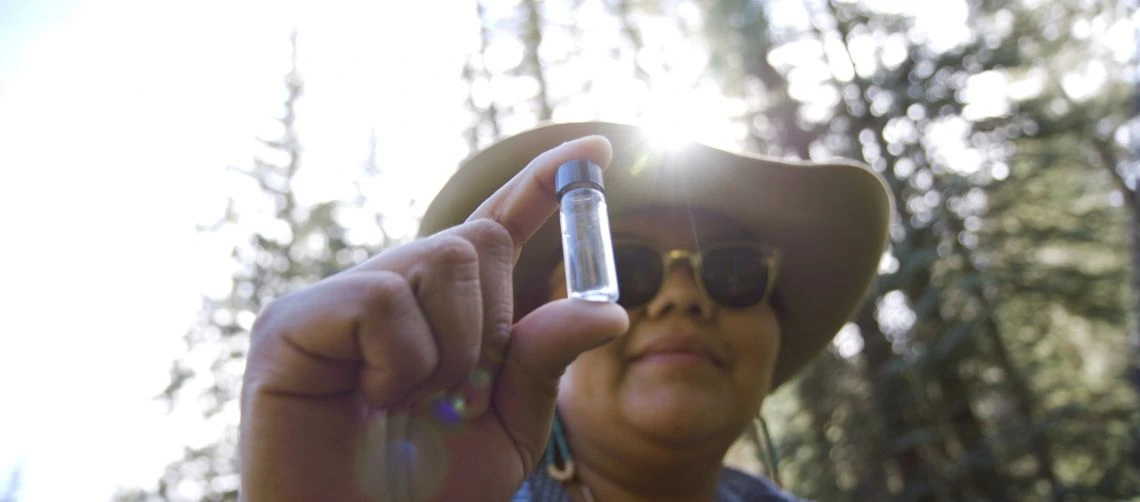
Navajo Hydrologist Aims to Safeguard the Resources of Her People
Inspired by her family and traditional upbringing on the Navajo Nation, Ph.D. student Nikki Tulley dedicates her life to restoring balance and tackling water insecurities among Indigenous communities.
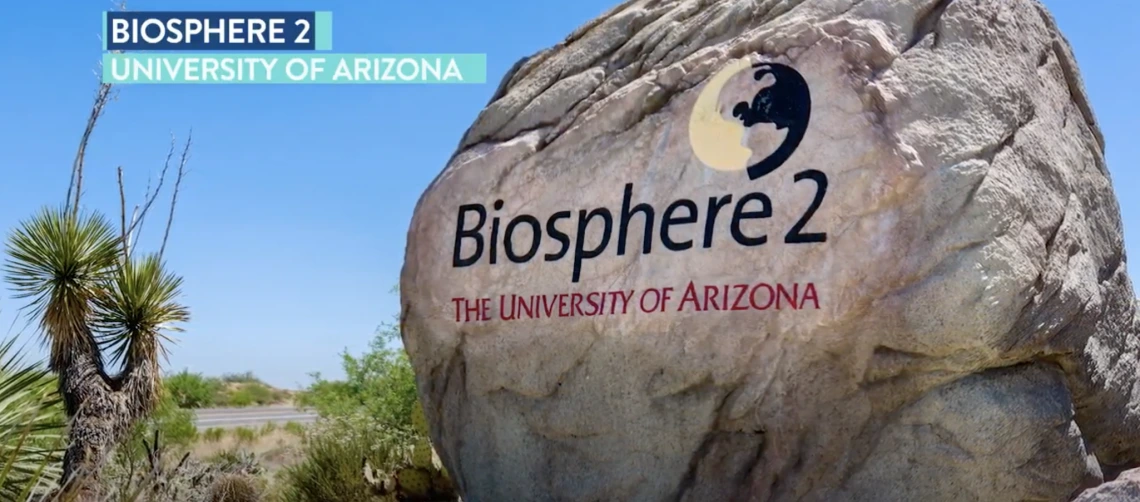
Biosphere 2: The World’s Largest Controlled Earth Science Laboratory
Biosphere 2 is the world’s largest controlled Earth science laboratory, providing one-of-a-kind research and hands-on educational opportunities that address the grandest challenges to sustaining Earth systems and quality of life.
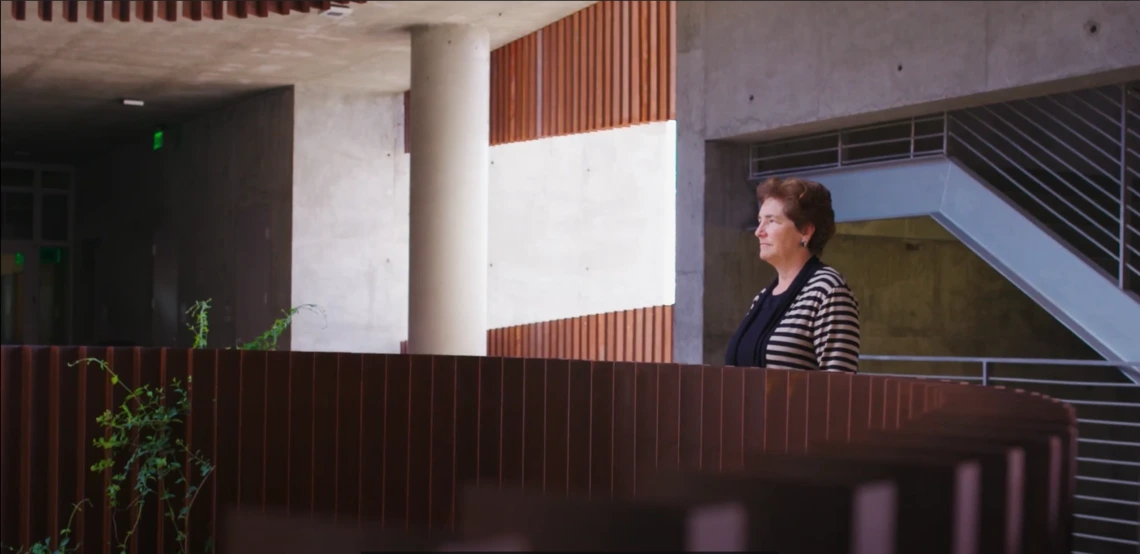
One Nation Under Science
With the climate crisis and science being politicized, younger generations worry about the future of our environment. Kathy Jacobs sees this concern, and wants them to know there are solutions and a path forward.
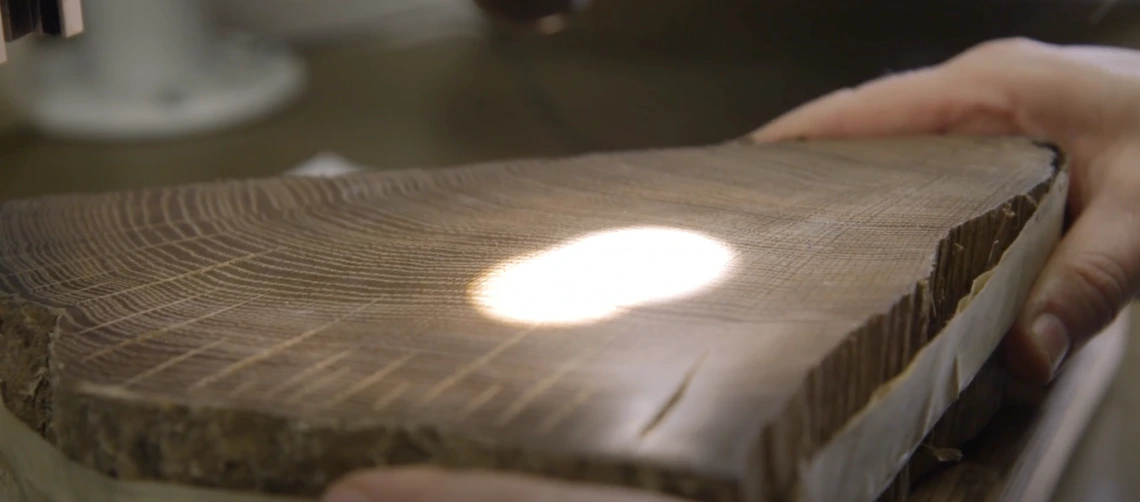
Radiocarbon Dating Gets a Postmodern Makeover
For decades, radiocarbon dating has been a way for scientists to get a rough picture of when once-living stuff lived. The method has been revolutionary and remains one of the most commonly used dating methods to study the past, but according to UA researcher Charlotte Pearson, it’s ready for a makeover. By developing new ways to use radiocarbon in tree rings, she builds on the legacies of scientists before her.
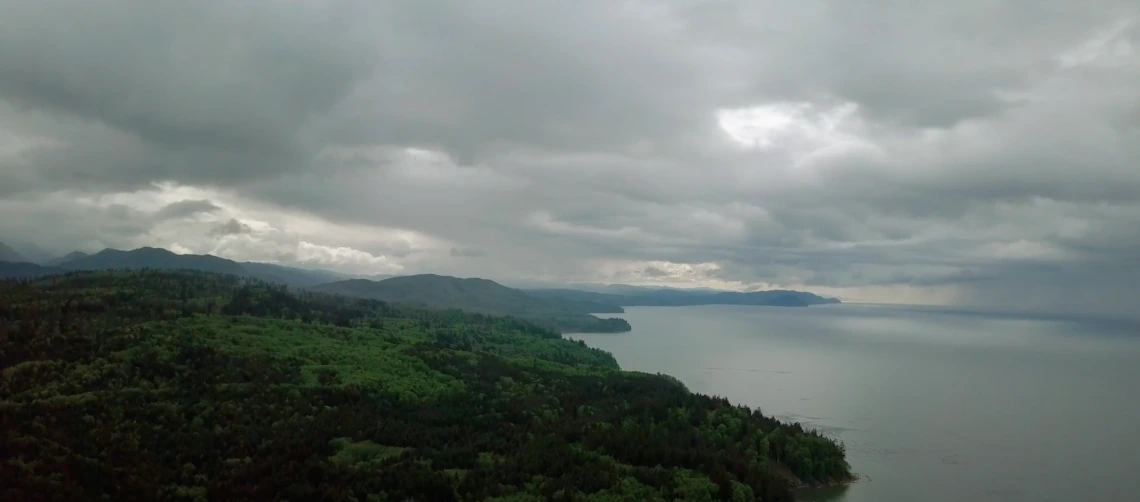
Geoducks: Climate Storytellers of the Sea
As bivalves that live up to 180 years and with shells that can last for as long as 2000 years, geoducks (pronounced gooey ducks) are the climate storytellers of the sea. Each year, a geoduck produces calcium carbonate and protein striations in its shell much as a tree produces rings in its trunk. And as dendrochronologists read a tree’s rings for insights into the terrestrial climate of the past, sclerochronologists study the geoduck’s shells to reveal oceanic climate data from the past.
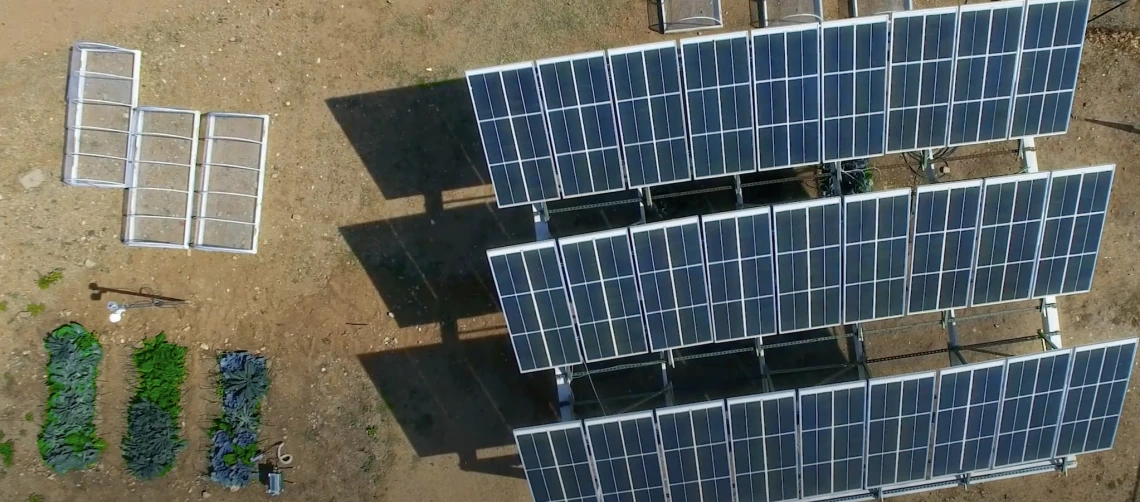
Agrivoltaics
Greg Barron-Gafford is a University of Arizona assistant professor in Biogeography and Ecosystem Science, and today he is working just outside the west entrance of Biosphere 2, located in the Sonoran desert. He's focusing on something known as agrivoltaics, a new way of "doing agriculture in the dry lands of the world," says Barron-Gafford.

Guardabosques - Guardians of the Forest
UA scientists are using hundreds of years of tree ring data to empower Guatemalan farmers.
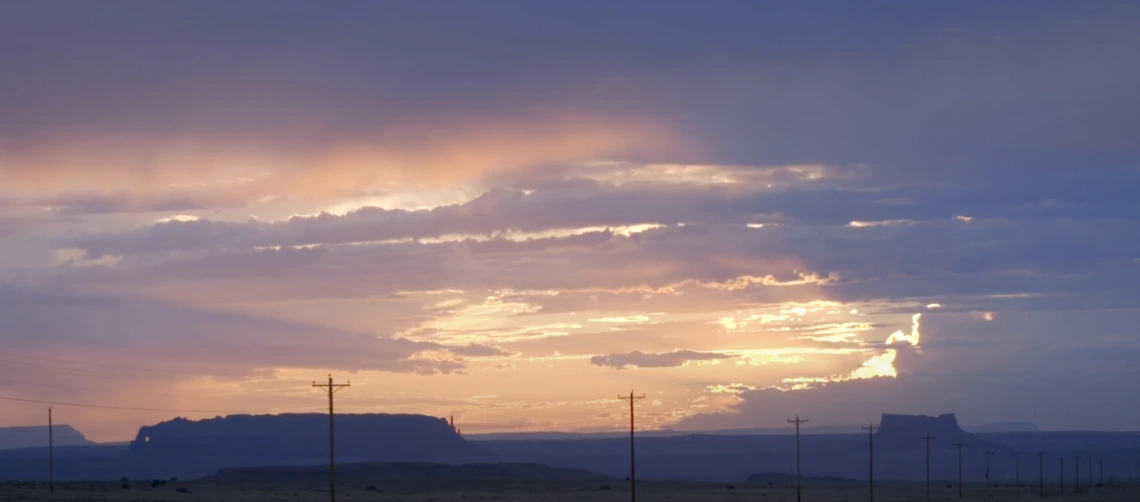
Indige-FEWSS: Restoring Harmony & Resources
A National Science Foundation-funded collaboration between the University of Arizona and Dine Community College, the Indige-FEWSS program has enabled students to build an off-the-grid water filtration system with the ability to serve 50 families on the far-flung Navajo Nation. The goal of Indige-FEWSS is to teach the next generation of STEM professionals how to confront food, energy and water challenges in indigenous communities while letting traditional Navajo values and knowledge guide their work.
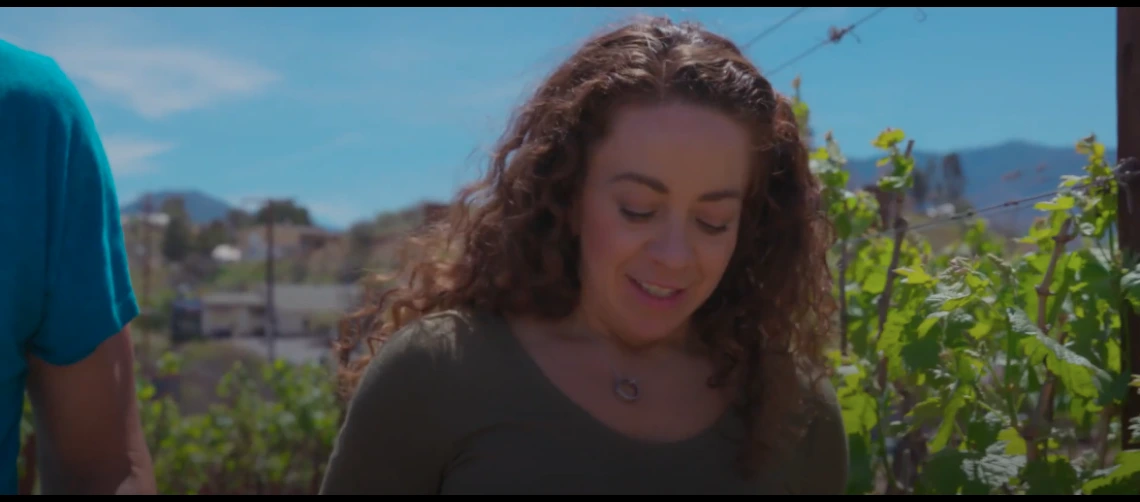
Science for All
Dr. Mónica Ramírez-Andreotta wants to change the way we do science to better address environmental injustice. As the Director of Project Harvest and assistant professor in Department of Environmental Science at the University of Arizona, she engages with community members living near contaminated sites through citizen science on the health of their harvested rainwater, soil and plants.
Recent News Stories
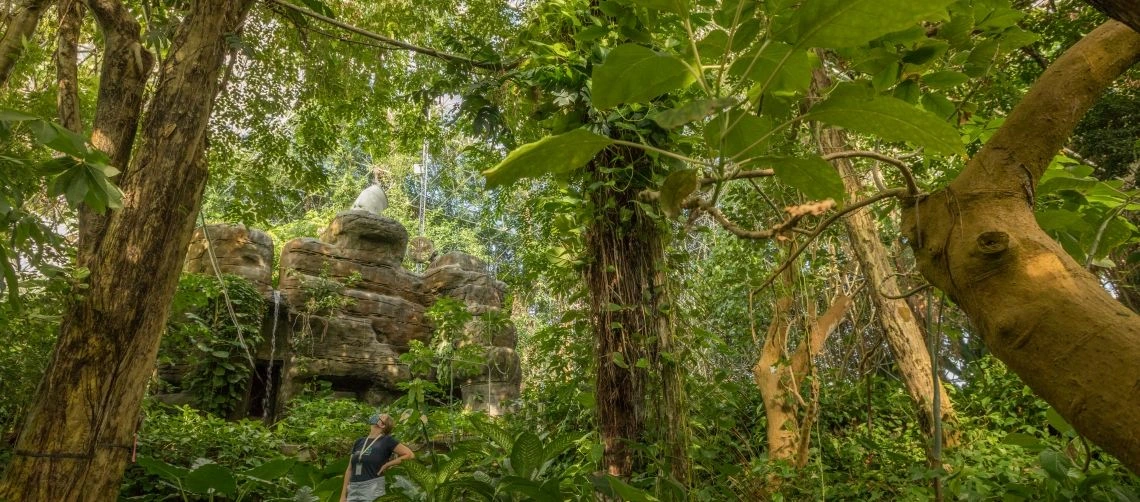
Rainforest at Biosphere 2 Offers Glimpse into Future of the Amazon
An international team led by UArizona scientists finds that tropical forests may be more resilient to predicted temperature increases under global climate change than previously thought. The study, published in Nature Plants, could help make climate prediction models more accurate.
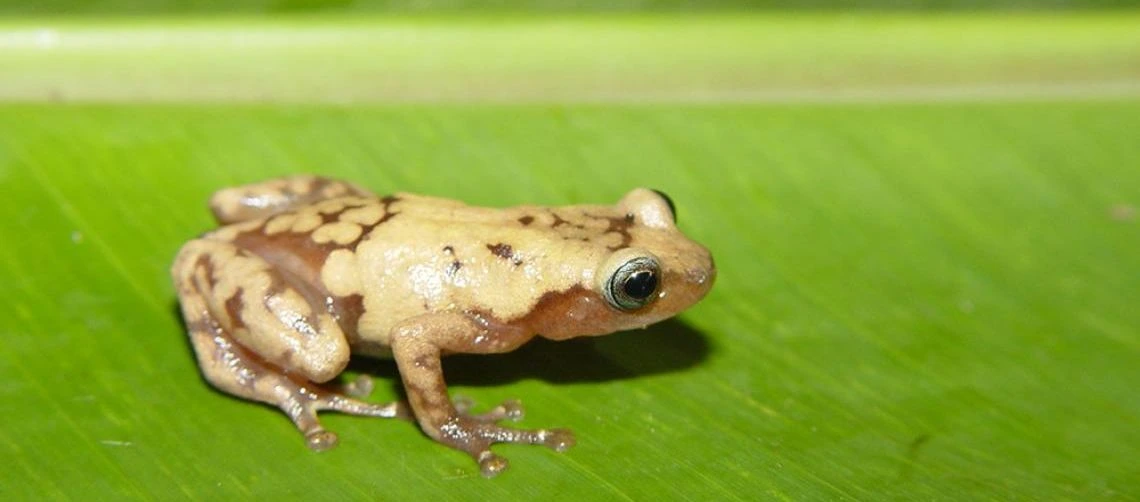
One-Third of Plant and Animal Species Could be Gone in 50 Years
UArizona scientists find that, unless global warming is reduced, as many as one in three plant and and animal species could face extinction by 2070. The study was published in the Proceedings of the National Academy of Sciences.
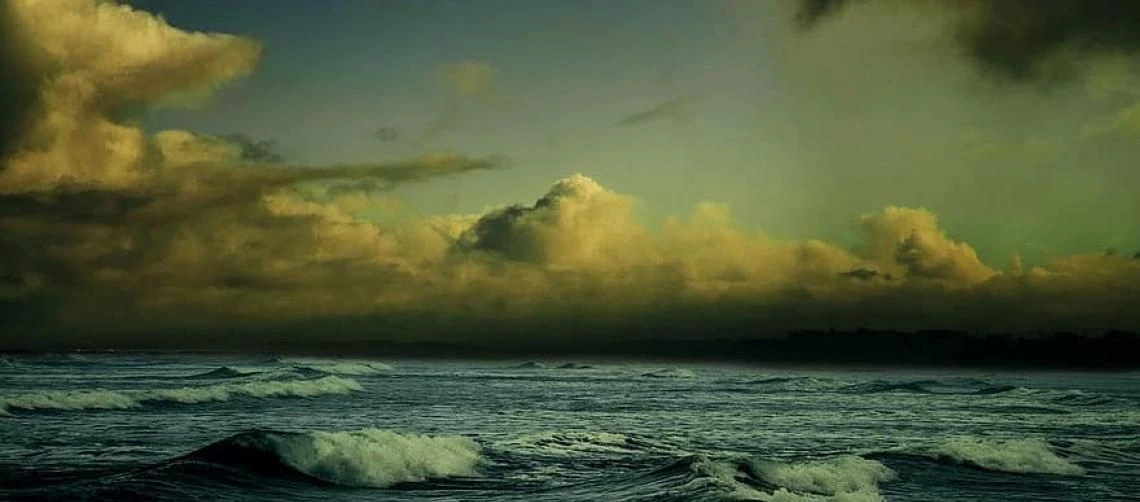
Climate Change Could Reawaken Indian Ocean El Niño
Global warming is approaching a tipping point that during this century could reawaken an ancient climate pattern similar to El Niño in the Indian Ocean, according to a study—published in Science Advances—co-authored by UArizona paleoceanographer Kaustubh Thirumalai.
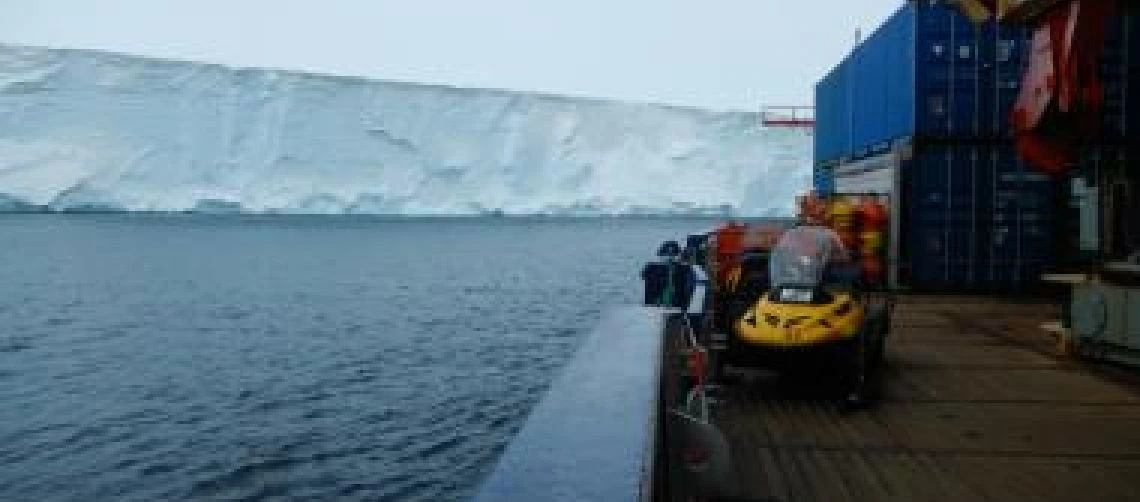
Antarctic Waters: Warmer with More Acidity and Less Oxygen
Oxygen loss and warming in the Southern Ocean around the Antarctic coast is much larger than predicted due to increased freshwater from melting ice sheets and increased wind according to research led by UArizona and published in Nature Geoscience.
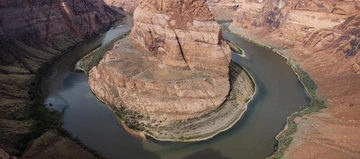
As Groundwater Depletes, Arid American West is Moving East
Loss of groundwater may accelerate drying trends in the eastern United States, according to research co-authored by UArizona hydrologist Laura Condon and published in Nature Communications. The study applied supercomputing to create an in-depth model of how groundwater will respond to warming.
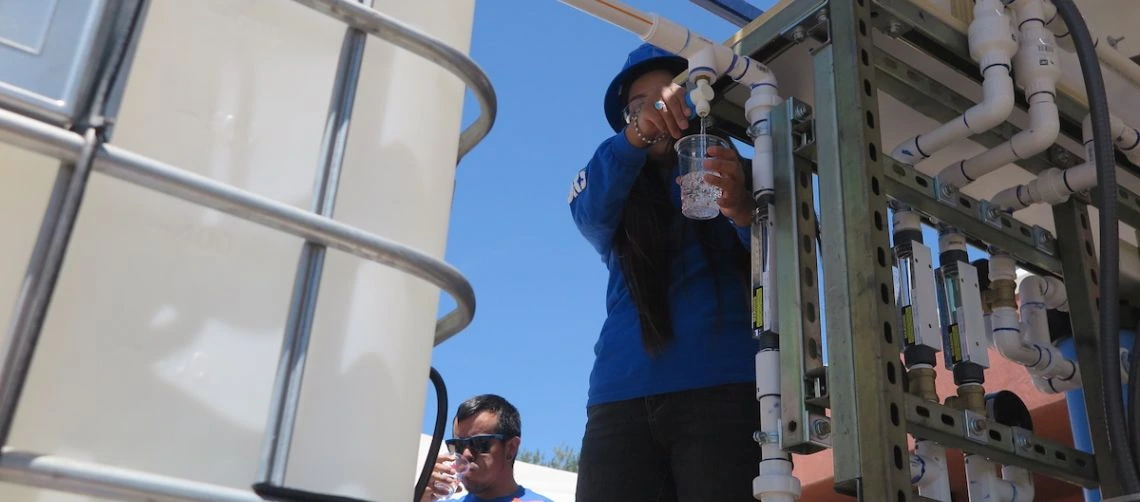
On Navajo Nation, Taking Clean Water Off the Grid
A group of faculty, staff and students sets out to build an off-the-grid system to power water filtration for communities across the Navajo Nation, where running water is not universal. But first, they set out to understand life on the reservation.
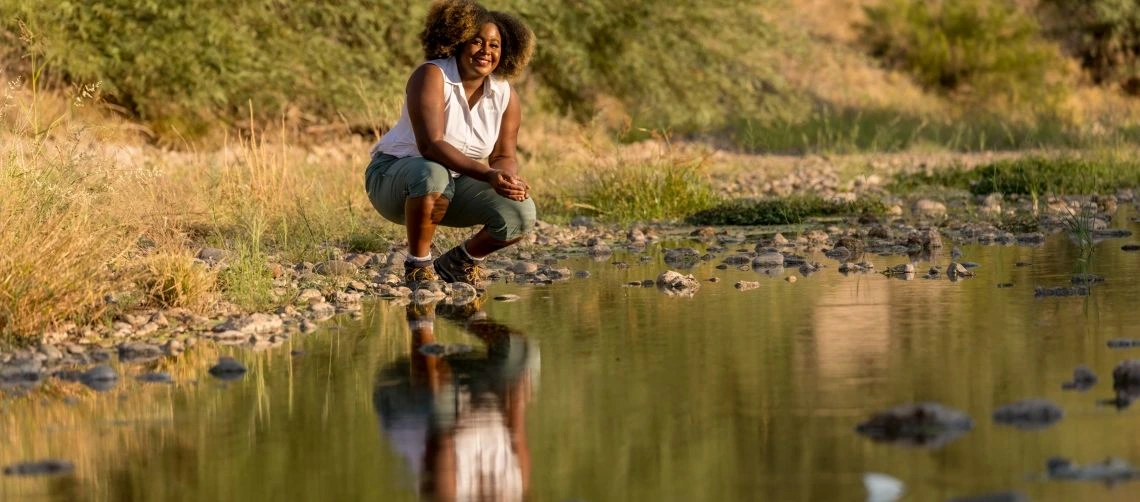
Look Out, Bill Nye! Earyn McGee Rises to Social Media Stardom
McGee began her education as a field research-focused undergraduate but then became a science communication sensation on social media. Now a UArizona graduate student named to Forbes 30 Under 30, she advocates for conservation and inclusivity in the sciences.
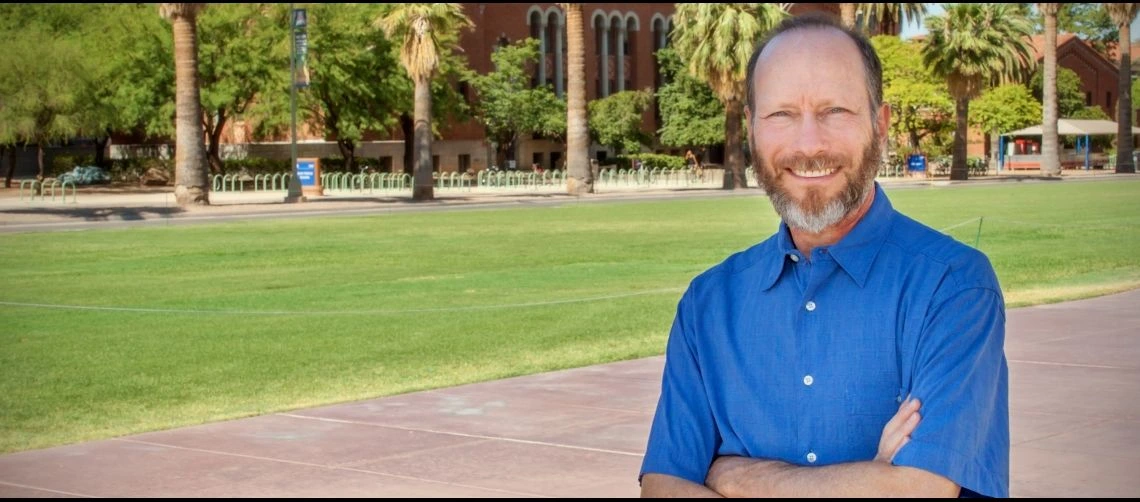
UArizona Expert on Climate Science and Policy Selected as AAAS Fellow
Gregg Garfin joins a roster of nearly 500 AAAS members honored for their lifetime efforts toward advancing science applications that are deemed scientifically or socially distinguished.

